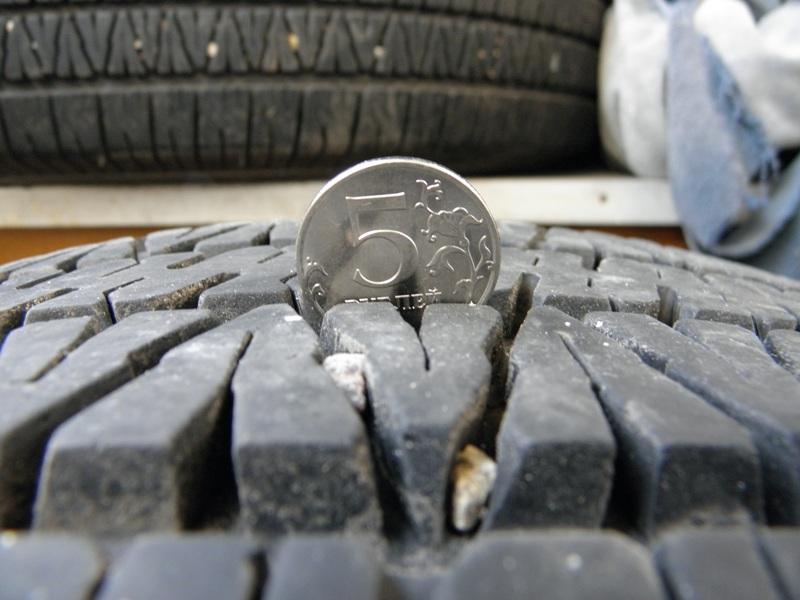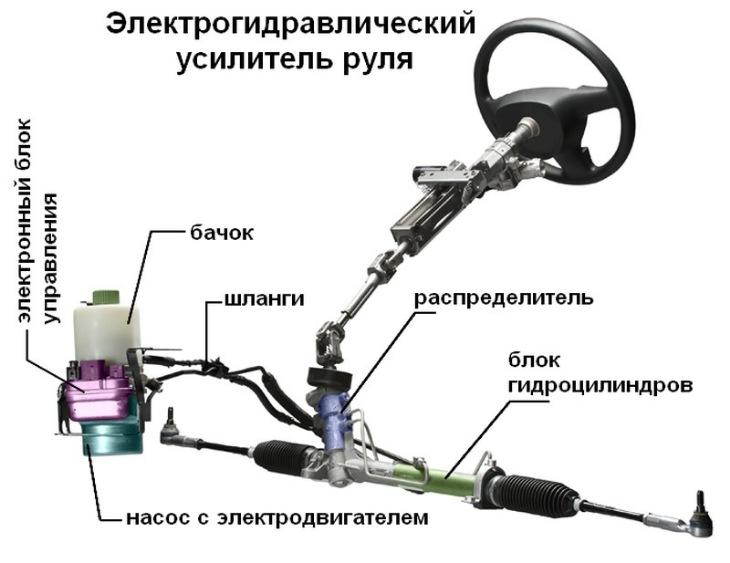
How to check tire tread depth?
Content
- What is tire tread depth?
- What is a tread wear indicator?
- When is the tread depth too low?
- What affects tread depth?
- How to check tire tread?
- Why does tire pressure matter?
- Problems with underinflated tires
- Problems with overinflated tires
- Tire pressure monitoring systems (TPMS)
- Let Chapel Hill Tires Meet Your Tire Needs
Tire tread can affect the safety and performance of your vehicle while driving. While you may not think about your tire tread every time you drive, it's important to check to make sure your tires are in good working order from time to time. Ready to talk about tire tread depth? Let's dive in.
What is tire tread depth?
Tire tread depth is the vertical measurement between the top of the tread and the lowest groove. In the US, tire tread depth is measured in 32 inches. When tires are new, they have a tread depth of 10/32 to 11/32.
What is a tread wear indicator?
In the United States, tires are required by law to have easily recognizable tread wear indicators. As the tire tread wears out, it will eventually line up with the tread wear indicator. At this point, the tire should be replaced. There is too little tread left to provide traction. If the safety wasn't convincing enough, be aware that driving a car with bald tires is also illegal.
When is the tread depth too low?
The minimum allowable limit is 2/32 inch. This does not mean that tires are completely safe if they have 3/32 of the tread left. This is simply the limit at which you will not pass the state safety inspection. As the tread wears out, your tires become less and less safe.
What affects tread depth?
When it comes to safety, your tires are literally where the rubber meets the road. Sufficient tread depth is essential for safe cornering and braking.
Low tire tread depth can spell disaster for your driving, including:
- Reduced stopping distance
- Less grip in snowy or icy conditions
- Increased risk of hydroplaning in wet conditions.
- Increased risk of tire burst
- Reduced acceleration force
- Reduced fuel efficiency
If you live in an area where it rains or snows a lot, consider changing your tires when they reach 4/32". With worn tires, there is a risk of hydroplaning on wet roads. This is when the tire is unable to direct water through the grooves. The car rides on the surface of the water, and does not touch the asphalt. Thus, the tires cannot respond to the steering system. If you've experienced this, you know how scary it can be. In icy or snowy conditions, the shallow tread depth makes it difficult to stop. You can also fish with your tail when accelerating, or sliding to the side when turning.
There are also special requirements for driving in hot weather. If you are approaching summer and your tires are nearing the end of their life, keep in mind that hot roads wear them out faster.
How to check tire tread?
Very simple. All you need to check tire tread depth is a penny. Insert a penny with Abraham Lincoln's head upside down. If Abe's top is visible, it's time for new tires. Tamara shows you how to do it in this video.
Be careful when measuring tread depth. Insert a coin in several places around the tire. Uneven tread wear is not uncommon. Measuring in multiple locations compensates for this.
Why does tire pressure matter?
Proper tire pressure is also critical. Tire pressure is expressed as a number followed by PSI. This means pounds per square inch. 28 PSI means 28 psi. This is a measurement of the force inside the tire applied to one square inch. You can check the recommended tire pressure for your vehicle in your owner's manual or on a sticker inside the driver's side door. For most vehicles, this is around 32 psi.
Problems with underinflated tires
If the pressure is too low, the tires wear out faster. You will also get leaner gas mileage. This is because it is more difficult for your engine to propel the vehicle on soft tires. Low air pressure also results in a harsh ride.
Problems with overinflated tires
If you find that your tires are too low, fill them up to the correct pressure. Don't think "the more the better". There are also problems with excessive inflation. When there is too much air in a tire, it has less contact area with the road surface. This complicates processing. It also increases the risk of a blowout. At high speeds, the blowout can be fatal.
Tire pressure monitoring systems (TPMS)
Since the early 1970s, the National Highway Traffic Safety Administration (NHTSA) and international colleagues have been concerned about the dangers of low atmospheric pressure. They were looking for technology that could alert drivers. Evidence was emerging that under-inflated tires were responsible for thousands of car accidents every year. At the end of the decade, NHTSA was also motivated by the energy crisis. Tire pressure affects fuel economy.
Tire pressure measurement technology became available in the 1980s and was first used by Porsche on a 1987 959 Porsche.
There are two types of TPMS: indirect and direct. Direct pressure sensors are located on the tire stems. If the sensor detects a significant drop in pressure, it sends a warning to the engine computer. The indirect type uses an anti-lock braking system to detect low pressure by measuring wheel speed. Tires rotate at different speeds depending on air pressure. The indirect method is less reliable and has largely been discontinued by manufacturers.
Let Chapel Hill Tires Meet Your Tire Needs
At Chapel Hill Tire, we've been providing professional automotive services to North Carolina drivers since 1953. We help our valued customers choose the right tire and protect their tire investment with wheel alignment and balancing services.
Do you need new tires in Chapel Hill, Raleigh or Durham? Our experts will help you find the right tires for your car at the lowest possible price. With our best price guarantee, you can be sure you're getting the best price on new tires in the Triangle. Make an appointment at one of our eight service centers in the Triangle area. We look forward to welcoming you to Chapel Hill Tire!
Back to resources
